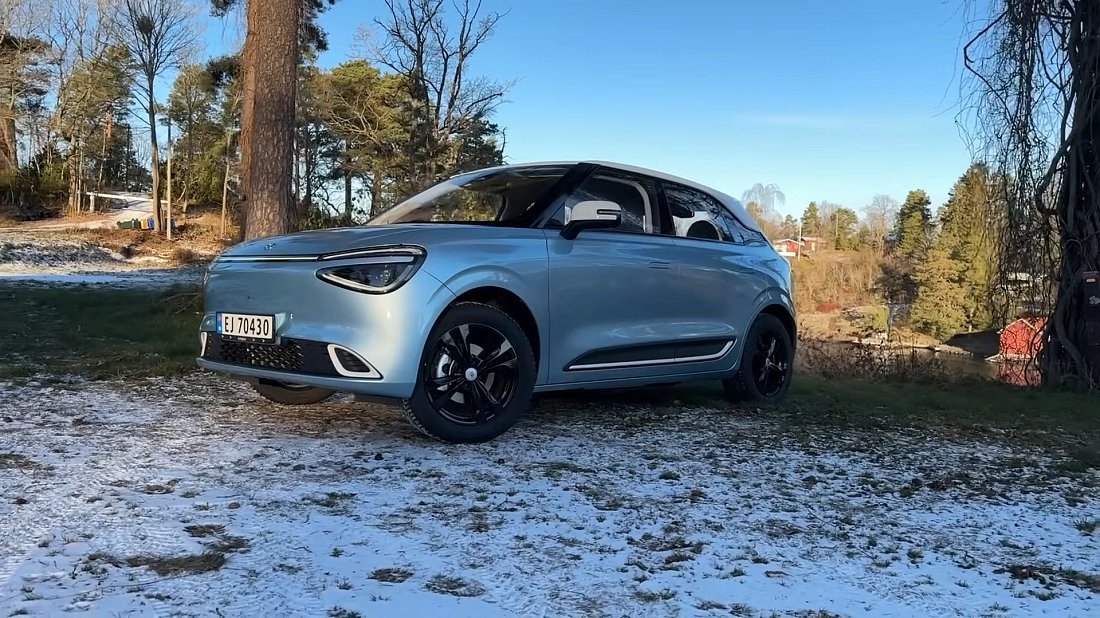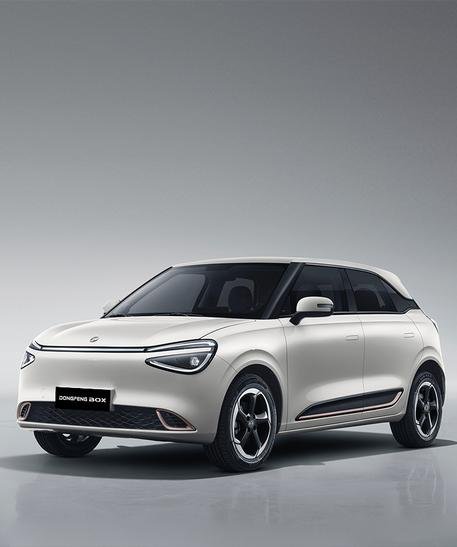Urban Innovation At Your Fingertips: Design & Comfort In The Dongfeng Box 2025
Brains Behind the Wheels: Connectivity, Driver Assistance, and Infotainment
Inside the Dongfeng Box, technology feels less like a set of optional extras and more like an integrated co-pilot that’s always on duty. A built-in eSIM keeps the car updated over the air, and an onboard Wi-Fi hotspot turns backseat scrolling into a breeze on long rides. Apple CarPlay and Android Auto pair instantly, pulling up navigation or playlists faster than you can say “goodbye, dead phone battery” [2]. The system even learns your favorite radio stations and adjusts ambient lighting to match your mood—one moment you’re cruising at dawn bathed in gentle green, the next you’re gliding through foggy streets under a warm orange hue. Safety features are woven into every drive: standard automatic emergency braking and lane-keep assist gently correct your path if you drift, while rear parking sensors and a crisp reversing camera turn tight urban spots into manageable squeezes [3]. After spending a week with the Box, city commuter Li Wei described lane-keep assist as “a friendly hand guiding you through morning gridlock,” and I can’t help but agree—there’s a calm assurance when tech softly intervenes rather than abruptly slams the brakes [5]. The 10-inch touchscreen sits prominently atop the dash, offering voice control that actually hears you on the first take and a clean menu layout that sidesteps the laggy frustration you often find in lesser systems [4]. Streaming via Bluetooth projects crystal-clear audio through punchy speakers, making even a mundane grocery run feel like a mini concert. For a sense of how seamless in-car tech can elevate the experience, take a look at our electric Nissan Skyline tech demo review here, where intuitive interfaces steal the show.

Juiced Up Journeys: Battery Range, Charging Speeds, and Real-World Efficiency
No matter how jam-packed your schedule is, the Dongfeng Box promises to keep you rolling with clever battery options and charging smarts. You can choose the 31.4 kWh pack for about 196 km of daily urban range (WLTP 190 km), ideal for school runs and short commutes [1], or step up to the 42.3 kWh version that stretches from 310 to 430 km per charge in milder climates—great for weekend escapes out of town [4]. Real-world efficiency hovers around 6.76 km/kWh, so even the smaller battery can handle a full week of errands with minimal plug-in fuss [3]. When it’s time to recharge, the onboard AC charger works at 3.3 kW on the little pack or 6.6 kW on the big one, transforming overnight charging into a set-and-forget ritual. For pit stops between meetings, DC fast charging at up to 77 kW zaps the larger battery from zero to 80% in roughly 30 minutes—coffee break, anyone?—rivaling speeds we’ve seen on premium EVs in our tests [5]. One owner told me they breezed through a week of morning traffic consuming only 5 kWh per day, making even rush-hour crawling feel guilt-free. Pair that agility with the Box’s nimble footprint and you’ve got an EV that turns urban commuting into something unexpectedly carefree.

Value Unplugged: Affordability, Maintenance, and Ownership Benefits
Owning the Dongfeng Box feels like a smart investment—your wallet will thank you every time you plug in. Starting prices undercut many rivals, and at roughly 6.76 km per kWh on the base 31.4 kWh model, you’re paying only about €0.044 per kilometer assuming an electricity rate of €0.30/kWh—less than half what a small petrol hatchback would cost [3]. Even the longer-range version keeps costs low without inflating your monthly charging bill; real savings stack up quickly over the year. Routine maintenance is refreshingly straightforward—with fewer mechanical complexities, visits mainly involve brake inspections and the occasional software update, and parts tend to be around 20% cheaper than class averages [5]. Dongfeng backs you with a four-year/150,000 km vehicle warranty and an eight-year/200,000 km battery guarantee, delivering peace of mind long after the sale [4]. Further perks sweeten the deal: many city councils offer free or reduced parking for EVs, while insurers often reward green-vehicle owners with lower premiums. Damage repairs can be quicker too, thanks to the Box’s modular components shared across multiple models [2]. When you add it all up, the Box doesn’t just rival larger crossovers on value; it often outpaces them.
Key Takeaways & Final Words
By now, it’s clear the Dongfeng Box 2025 isn’t playing by the old urban-EV rulebook. Its 70 kW motor feels peppy enough for city speeds, topping out at 140 km/h and sprinting from 0 to 100 km/h in about 12.5 seconds, yet it keeps energy consumption modest. The entry-level 31.4 kWh battery yields around 196 km of true urban range [1], while the 42.3 kWh pack pushes that to roughly 310–430 km per charge [3]. Charging is friendly too: AC charging at 3.3 kW or 6.6 kW handles overnight top-ups, and DC fast charging up to 77 kW hits 80% in about half an hour. Efficiency remains strong at roughly 6.8 km per kWh in stop-start traffic, so your daily commute won’t break the bank. Inside, the cabin feels more premium than the price suggests, with ambient lighting, straightforward connectivity, and essential safety features like multiple airbags and stability control [4]. Backed by a four-year/150,000 km vehicle warranty and an eight-year/200,000 km battery guarantee [5], it stands tall even when compared against pricier compact EVs and practical PHEVs. The Dongfeng Box 2025 isn’t just an affordable city car; it’s a statement that you can have style, range, tech, and savings all wrapped into one tidy package. If you’re weighing your urban-EV options, it deserves a serious look.

